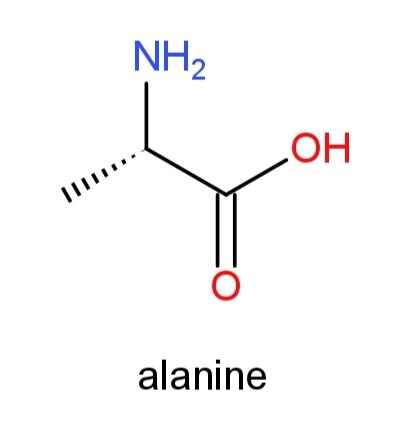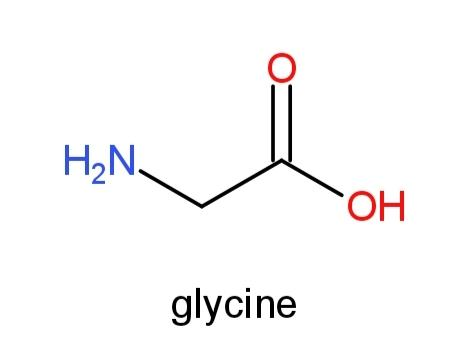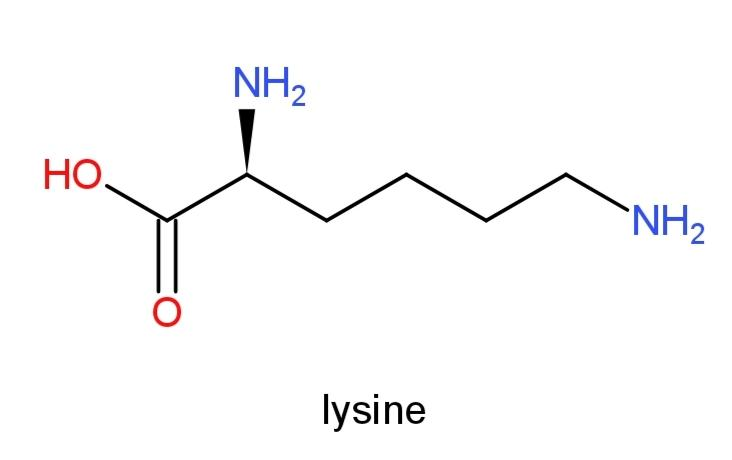
Which of the following amino acid is not optically active –
1)Alanine
2) Glycine
3) Lysine
4) All of these
Answer
403.2k+ views
Hint: Optical activity is the phenomenon when any compound is capable of rotating plane polarized light. This phenomenon occurs in compounds having a chiral centre. Alanine, glycine and lysine are some amino acids that have an amine group along with carboxylic acid groups. The chiral centre in these compounds will tell their optical activity.
Complete answer:
Optical activity of any compound is the ability of that compound to rotate the plane polarized light. For a compound to be optically active, a chiral centre is necessary that has all the four substituted atoms to be different from each other.
We have been given amino acids that are alanine, glycine and lysine. The structures of these will identify any chiral centre. Those amino acids that have a chiral centre will be optically active, while those without a chiral carbon centre will be optically inactive.
Alanine consists of a chiral centre as it contains all the substituted atoms to be different as shown in its structure:

So it is optically active.
Glycine consists of an achiral centre as it has two same substituent that are hydrogen atoms, as shown in the structure:

so it is not optically active.
Lysine also consists of the alpha carbon atom to be a chiral centre that makes it optically active. So it is optically active. The structure is:

Hence, glycine is not optically active.
So option 2 is correct.
Note:
The amino acids are zwitterions as they consist of a positive charge of the amine group and the negative charge of the carboxylic acid group. So they are termed as zwitter salts. These amino acids together make up proteins that are essential for the human body. Glycine, alanine are non – essential amino acids.
Complete answer:
Optical activity of any compound is the ability of that compound to rotate the plane polarized light. For a compound to be optically active, a chiral centre is necessary that has all the four substituted atoms to be different from each other.
We have been given amino acids that are alanine, glycine and lysine. The structures of these will identify any chiral centre. Those amino acids that have a chiral centre will be optically active, while those without a chiral carbon centre will be optically inactive.
Alanine consists of a chiral centre as it contains all the substituted atoms to be different as shown in its structure:

So it is optically active.
Glycine consists of an achiral centre as it has two same substituent that are hydrogen atoms, as shown in the structure:

so it is not optically active.
Lysine also consists of the alpha carbon atom to be a chiral centre that makes it optically active. So it is optically active. The structure is:

Hence, glycine is not optically active.
So option 2 is correct.
Note:
The amino acids are zwitterions as they consist of a positive charge of the amine group and the negative charge of the carboxylic acid group. So they are termed as zwitter salts. These amino acids together make up proteins that are essential for the human body. Glycine, alanine are non – essential amino acids.
Recently Updated Pages
Master Class 11 Accountancy: Engaging Questions & Answers for Success

Glucose when reduced with HI and red Phosphorus gives class 11 chemistry CBSE

The highest possible oxidation states of Uranium and class 11 chemistry CBSE

Find the value of x if the mode of the following data class 11 maths CBSE

Which of the following can be used in the Friedel Crafts class 11 chemistry CBSE

A sphere of mass 40 kg is attracted by a second sphere class 11 physics CBSE

Trending doubts
10 examples of friction in our daily life

One Metric ton is equal to kg A 10000 B 1000 C 100 class 11 physics CBSE

Difference Between Prokaryotic Cells and Eukaryotic Cells

State and prove Bernoullis theorem class 11 physics CBSE

What organs are located on the left side of your body class 11 biology CBSE

The combining capacity of an element is known as i class 11 chemistry CBSE




